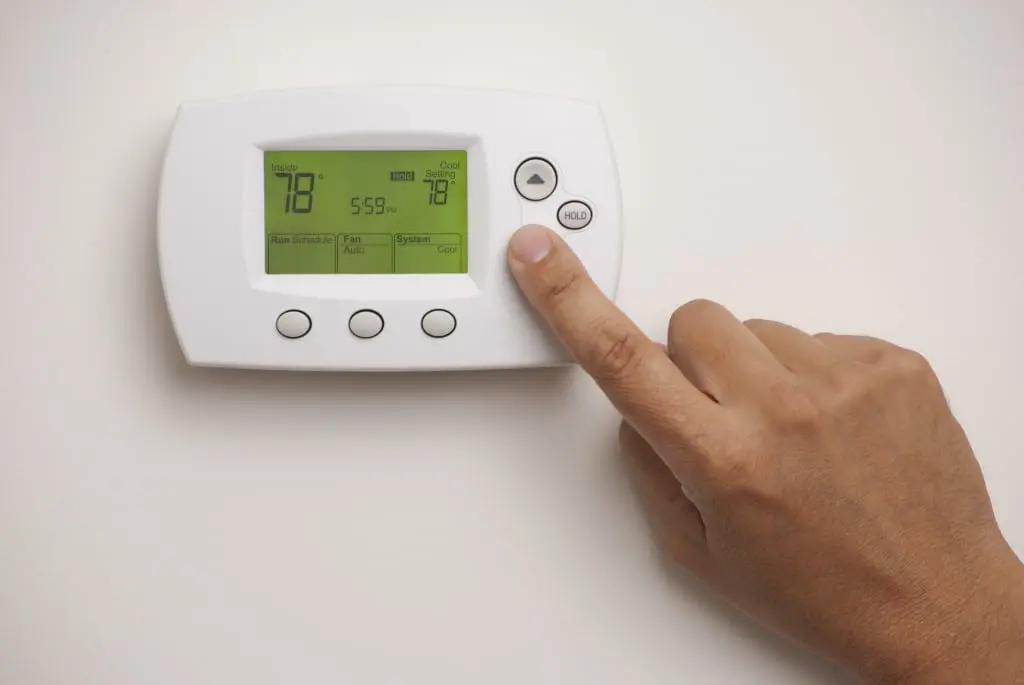By Vince Font

Radiant floor is a heating technology that involves radiating heat from below the floor instead of traditional furnace methods.
A home’s floor plan is crucial to its overall appeal. But what’s placed directly beneath that floor can have an even more significant appeal, especially if it has the added potential of offering comfort and energy savings.
Radiant floor heating is one heating technology that’s becoming more popular and working its way onto the wish lists of many prospective and existing homeowners. The reasons for its popularity go far beyond the fact that it sounds pretty high tech and satisfies a home’s “wow” factor.
What is Radiant Floor Heating?
Radiant floor heating is an energy-efficient warming technology that can be used both indoors and outdoors to heat a surface. You might have heard of it being used in a practical sense to melt snow and ice from people’s driveways in areas of the country that see significant snowfall, but it’s a technology that can be used to heat the interior of a home as well.
The principle behind radiant floor heat is simple. Rather than using ductwork to pump warm air through your house, which can easily escape through open windows, doors or poorly insulated walls and ceilings, the surface of your floor is heated. This radiates heat upwards. With radiant heating, there’s no hot air — just a warm surface.
Types of Radiant Floor Heating
There are two main types of radiant heating: electric and hydronic. Both use the same approach of radiating heat upward from the ground but employ different methods of generating it.
- Electric radiant heating involves a thin mesh roll that’s placed underneath flooring and uses electric coils to generate warmth upwards. It’s commonly used to heat a single room, such as a bathroom or kitchen, supplementing the heating system already installed in the house.
- Hydronic systems are a bit more complicated, relying on water rather than electricity to heat the entire home. Typically implemented in new homes from the onset (as opposed to a remodel), hydronic radiant heating uses a network of plastic pipes beneath your flooring, which radiate heat as hot water is passed through them. The water is heated through the use of a boiler.
Pros & Cons
As the U.S. Department of Energy notes, radiant heating has a number of advantages, including being more energy efficient. Though both hydronic and electric radiant heating methods offer unique benefits, like everything else, they are subject to equivalent drawbacks. Here are a few facts, figures and kernels of information about each.
- Including a radiant floor heating system in your new home design can be pricey, but the long-term savings potential is considerable. Statistics show that using a radiant heating system can cut your energy consumption by 20 to 40 percent, leading to lowered monthly bills.
- Hydronic radiant heating is a far more versatile option in that it can be powered by gas, oil, or solar power. Electric radiant systems have only one option—electricity.
- While more complex in installation and operation, hydronic radiant heating has the built-in potential of eventual conversion to solar power. Your options are open if you decide to convert you home to full solar power.
- Radiant floor heating systems have been known to have a significant positive effect on the health of household inhabitants. Though it almost sounds like an unrealistic sales pitch to say there are health benefits associated with radiant heating systems, there are. Unlike the traditional method of moving warm air through a house, radiant heating systems don’t stir up dust, germs and dirt when they operate. The result? Lowered susceptibility to airborne illness and allergens.
If you’re interested in pursuing an alternative to the traditional method of heating your home, ask your home builder about different heating technologies that could dramatically impact the amount of money you spend annually on energy bills.
Vince Font is a freelance writer for NewHomeSource.com.
Pam
Pretty great post.
Damon
wait till you buy the under floor heating, as different types have different requirements. fitting it incorrectly can invalidate any warranty. plus you need to think of insulation as well, so that most of the heat is directed up through the floor.